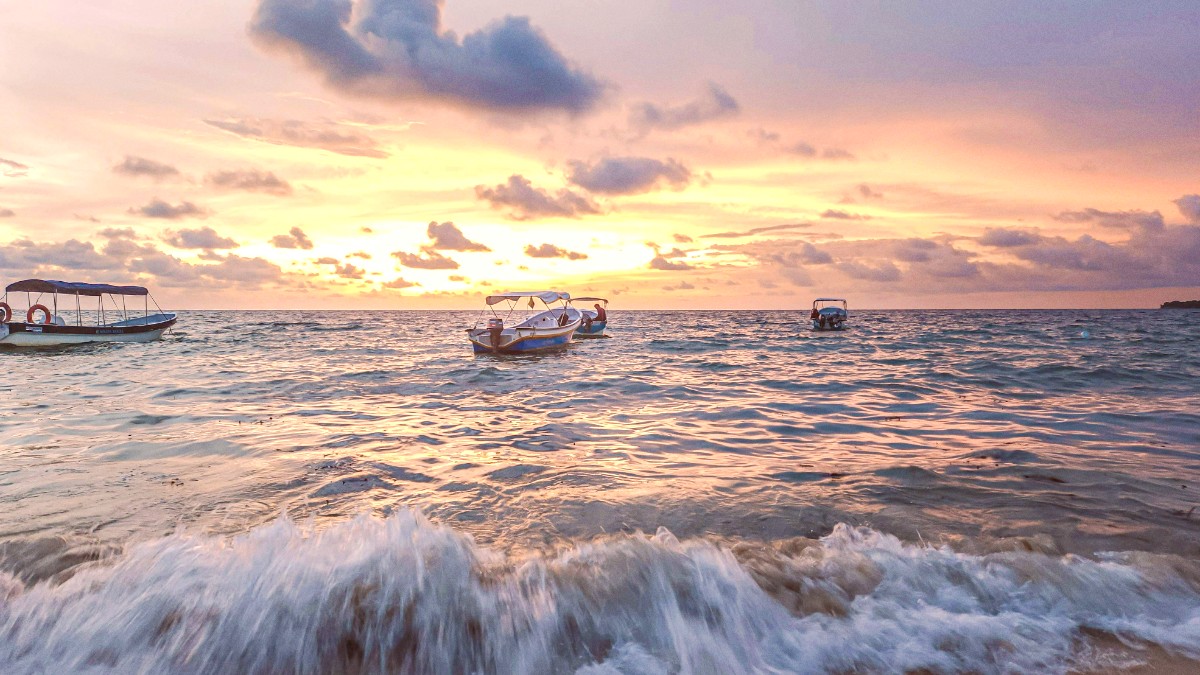
The Coast, Kenya
Mombasa does not have an underground metro or tram system. The main forms of public transport for locals and budget-conscious travelers are matatus and tuk-tuks, offering authentic local travel experiences.
Matatus: These privately owned minibuses form the backbone of Kenya's public transport. They operate on fixed routes, picking up and dropping off passengers along the way. While often crowded, they present a very local and inexpensive way to get around.
Public transport like matatus and tuk-tuks are generally not wheelchair accessible due to steep steps, crowded conditions, and uneven surfaces.
Cash is the dominant form of payment for small transport fares. M-Pesa is widely used for larger transactions but less so for small bus fares.
Do not hesitate to ask hotel staff or trusted locals for guidance on matatu routes. They often possess the best knowledge for navigation.
Often white/yellow, may have a "Tourist Taxi" sign. Negotiate fare beforehand.
Uber and Bolt are widely available, offering price transparency and GPS tracking.
Negotiable for taxis. Short city rides (KES 300-700). Airport transfers (KES 2,000-4,000).
Ride-sharing is generally safer due to tracking. Verify driver/vehicle matches app details.
While self-driving carries its challenges, various rental options cater to different travel styles and preferences.
Old Town is best explored on foot. Mama Ngina Waterfront features a pleasant pedestrian promenade along the ocean. Beach areas are popular for walks.
Guided walking tours are highly recommended for Old Town. A local guide offers historical insights and helps navigate alleys safely.
Avoid walking or cycling alone at night, especially in dimly lit or less populated areas. Major highways are unsafe for pedestrians and cyclists.
Beyond everyday options, unique transport types offer specific experiences or cater to particular needs. These options enhance your exploration of Mombasa's coastal charm.
Book guided safaris to nearby national parks like Shimba Hills. Tour operators arrange transport in safari vehicles.
Comfortable transport for wildlife viewing.
Many tour companies offer curated tours of Old Town, Fort Jesus, and local villages, including transport and a guide.
Insights into Mombasa's heritage.
Organized trips to Kisite Mpunguti Marine Park include boat transport, snorkeling gear, and sometimes lunch.
Seamless access to underwater wonders.
Mombasa's transport choices offer flexibility. For reliability and peace of mind, especially after dark, consider reputable ride-sharing apps or pre-arranged taxis over traditional street hails.
Embrace the adventure of local transport like matatus or tuk-tuks during the day for cultural immersion, always keeping safety in mind.